How to Grow an Olive Tree Indoors: 6 Tips, Tricks, & Guide
-
- Last updated:
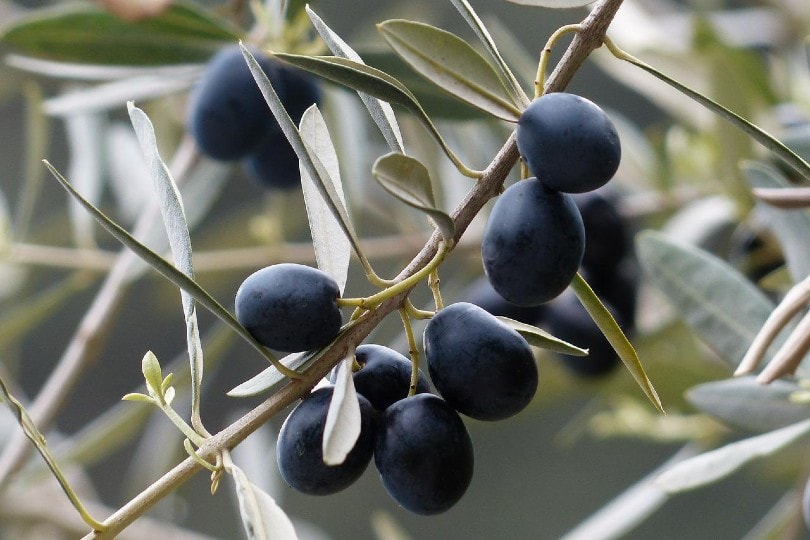
The olive tree is a permanent part of the landscapes of Greece and Spain, connected with the sun, southern cuisine, and ancient and modern Europe. Indeed, it cannot reach its full potential in every climate, but the olive tree is beautiful and creates a great atmosphere wherever you place it.
In some conditions, olive trees grow much smaller, reaching only up to 10 feet high. Many people typically plant them for aesthetic reasons because they provide an exotic feel to most gardens and homes. It is worth emphasizing that these plants are incredibly easy to grow once you learn how to do it. This article will write about growing and maintaining an olive tree properly, with minimum effort.

What is an Olive Tree?
In the south of Europe, olives are grown primarily for their fruits and in their natural environment. They grow in olive groves, where they can reach a height of about 32 feet. Olives are one of the longest-lived trees, living for several hundred years in some cases.
Its curved trunk thickens in the lower part, and the canopy is quite broad. The bark of the tree is greenish-gray or ashy-gray. The leaves are small, leathery, silver-gray on the underside, and matte on the top. The blooming olive is full of yellowish-white flowers with a very intense scent.
The plant’s fruits are olives that can be green, black, or dark purple, fleshy, and contain oil rich in unsaturated fatty acids.
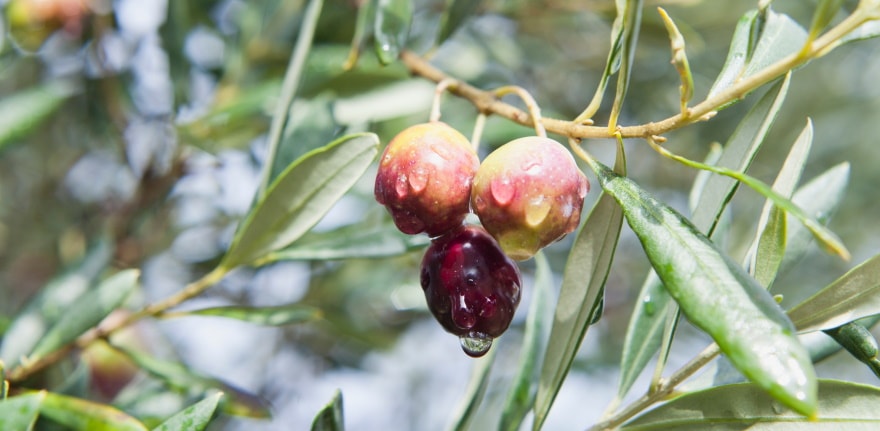
Before You Begin
Before beginning with planting an olive tree inside your home, there are some basics you will need to consider, like providing the right environment for your olive tree to grow healthily. Many factors are essential for a healthy olive tree, and you will need to supply all of them before planting the tree.
To understand how to please this plant, you will need to consider what conditions it prefers and what basic requirements are needed to grow a healthy olive tree.
The 6 Tips & Tricks on How to Grow an Olive Tree Indoors
1. Variety
Olive trees can be bought in your local nursery or ordered online. To grow olives at home, you must first find the appropriate variety for planting indoors. You can find ready seedlings or small trees in most stores with garden material. Prices depend on the size of the tree, but most seedlings are not too expensive. It is advisable to buy a dwarf crop, though.
2. Pot
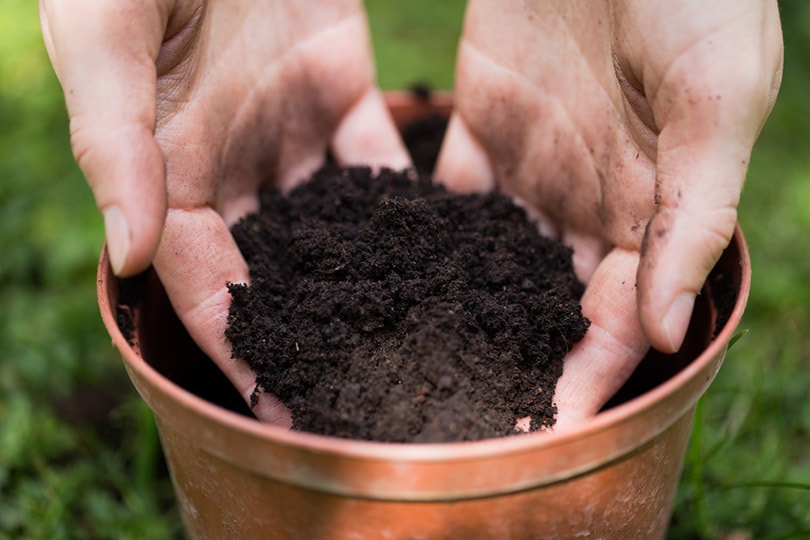
It is best to plant olive trees in pots so you can change their location when needed. The pot should be large to start with. The pot’s dimensions should be at least 23.6 inches deep and wide. It is necessary to drill a few extra-large holes in the bottom of the container for proper drainage.
3. Soil
An essential principle of olive growing is the creation of conditions close to the natural conditions from which this plant originated. The soil should be light, porous, and slightly sandy. It is best to choose a potting mix with excellent drainage characteristics, like cactus potting soil, perlite, or gravel.
4. Temperature and lighting
From mid-May, olive trees can be successfully moved and placed in a sunny place on the terrace or garden. The minimum temperature at which the olive tree thrives is about 35.6°F. The ideal temperature should be between 68°F and 75.2°F during this period. When the temperature drops below 32 °F, moving the olive tree to a well-lit place is best. Because autumn and winter are growing seasons, the room temperature should not be too high. Ideally, it should be between 39.2 and 59 °F.
This plant loves a lot of sun and heat. Therefore, it would be most appropriate to put it in the brightest area of your home. Tiny seedlings will grow comfortably on the southern window sills, but you will need to find a corner most illuminated by the sun’s rays for large ones. Moreover, it is desirable to light the plant from morning to evening. As an option, you can consider balconies and patios.
5. Humidity
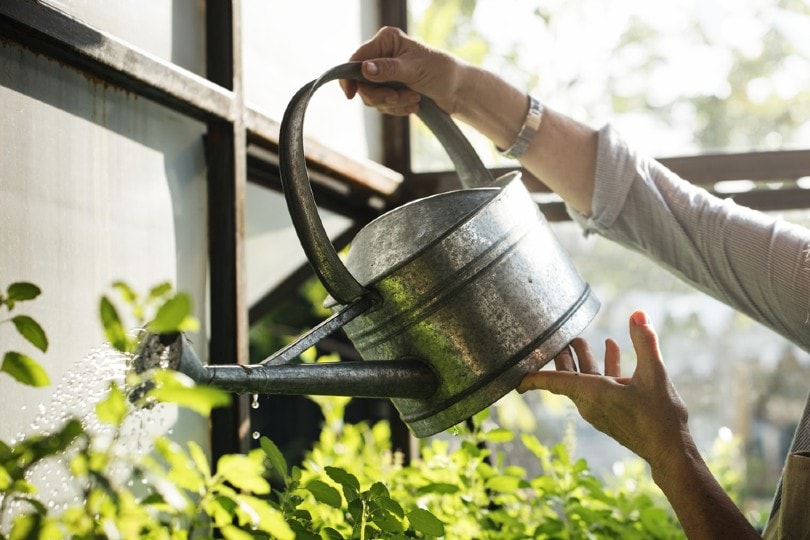
Watering is mandatory every few days, depending on sunlight and temperature. The warmer it gets, the more water is needed. Ensure never to overwater this plant; the soil should be dry before watering. Do not sprinkle the leaves with water because they can turn brown after sun exposure. It is vital to water the olive tree regularly during the winter, but still very carefully.
6. Winter
Gardeners talk about the rapid adaptation of a plant cultivated outdoors to indoor cultivation. It is essential to provide the necessary temperature conditions for olives to keep your tree healthy. Characteristically, spring, summer, and early autumn are pleasant times for growing at room temperature, and in winter, the temperature must drop to 50°F–53.6°F. Therefore, it is best to move the olive tree to an insulated balcony in November. If you do not have adequate space, you can leave the pot in the same place, but be prepared for this to affect the amount of fruit.

How To Propagate an Olive Tree
- From collected seedlings
- From cuttings
Propagating an Olive Tree From Seedlings
With this method, you can grow olives at home from collected pits. You can extract the seeds from fresh fruits and soak them overnight in a 10% alkaline solution. After that, it is best to wash them with warm water and dry them with a paper towel. In about 3 months, you can expect germination at an optimal temperature of 64.4°F.
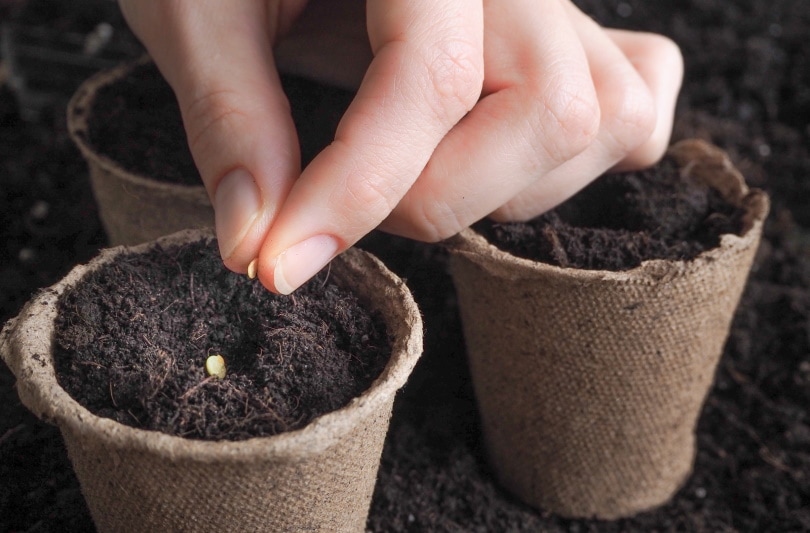
Propagating an Olive Tree From Cuttings
Propagation by cuttings is done by splitting a few summer branches from the mother tree. The ends are sprayed with a growth stimulant, and you place the stem into a 4-inch deep hole. You will need a pot more than 7–8 inches deep. It is best to create a greenhouse effect, and for this purpose, the seedlings are covered with a transparent jar.
Olive tree rooting usually occurs in 4–5 weeks when young leaves begin to appear. The final formation of the root system occurs after 3–4 months, after which it is best to transfer the plant into a large container and keep it in a permanent place.
Tips and Tricks On How to Grow an Olive Tree Indoors
- If your olive tree is placed in a room near the primary heating source, be sure to spray its canopy with water.
- When buying a seedling, you should choose a specimen older than 2 years. The price will be higher than seedlings, but it is worth it since the plant will have an overgrown crown and a strong root system. This tree will more easily withstand habitat change.
- Remember that olives are not eaten raw, directly from the tree. As a rule, they must sit in saltwater before use.
- When forming the canopy, pay attention to the branches that compete with each other and, if possible, remove those that are weaker. For good fruit production, all shoots must receive light equally.
- When you notice that the size of the plant and the pot do not match, you will need a new larger pot. The new pot should be larger by only a few inches in diameter and made of clay. This material allows the root to breathe. It is advisable to transplant olives every 2 years or so.
- Any soil is suitable for an olive tree and a traditional potting soil mixture is best for many houseplants, including indoor olives. Place expanded clay or broken brick crumbs on the bottom of the flower pot for additional drainage.
Interesting Facts on Olives
Olive trees can live for half a millennium. Today, specimens older than 600 years have been found globally, and they still bear fruit. Because of this, the olive tree is often called the “Eternal Tree”.
The Olive Tree has symbolic features of peace and even has its parts in the Bible, which shows its pure and divine properties.
Olives are 80% water and about 15% fat. Doctors say that olives can resist cancer cells, cleanse the body of cholesterol, and even raise your level of intelligence!
The olive branch is widely known to be a symbol of peace. It was even mentioned in the Bible as a pigeon came back to Noah with an olive branch in its mouth, representing the end of the flood.

Final Thoughts
The olive is one of the oldest and most widespread plants. The plant has symbolized peace, wisdom, glory, fertility, strength, and purity for many years. The olive tree is a great addition to any home or garden and gives it an exotic, European feeling.
It is essential to follow specific rules, but growing an olive tree once you establish these conditions is effortless.
See also: Can You Grow Morning Glories Indoors? 4 Tips, Tricks, and How-To Guide
- How to Grow an Olive Tree Indoors: 4 Care Tips for Olive Trees – 2022 – MasterClass
- Growing Olive Trees Indoors: How to Grow and Care for this Houseplant
- 11 amazing and interesting facts about olive trees: did you know that…?
- How to Propagate Olive Trees
- Olives 101: Nutrition Facts and Health Benefits
Featured Image Credit: Hans, Pixabay
Contents


